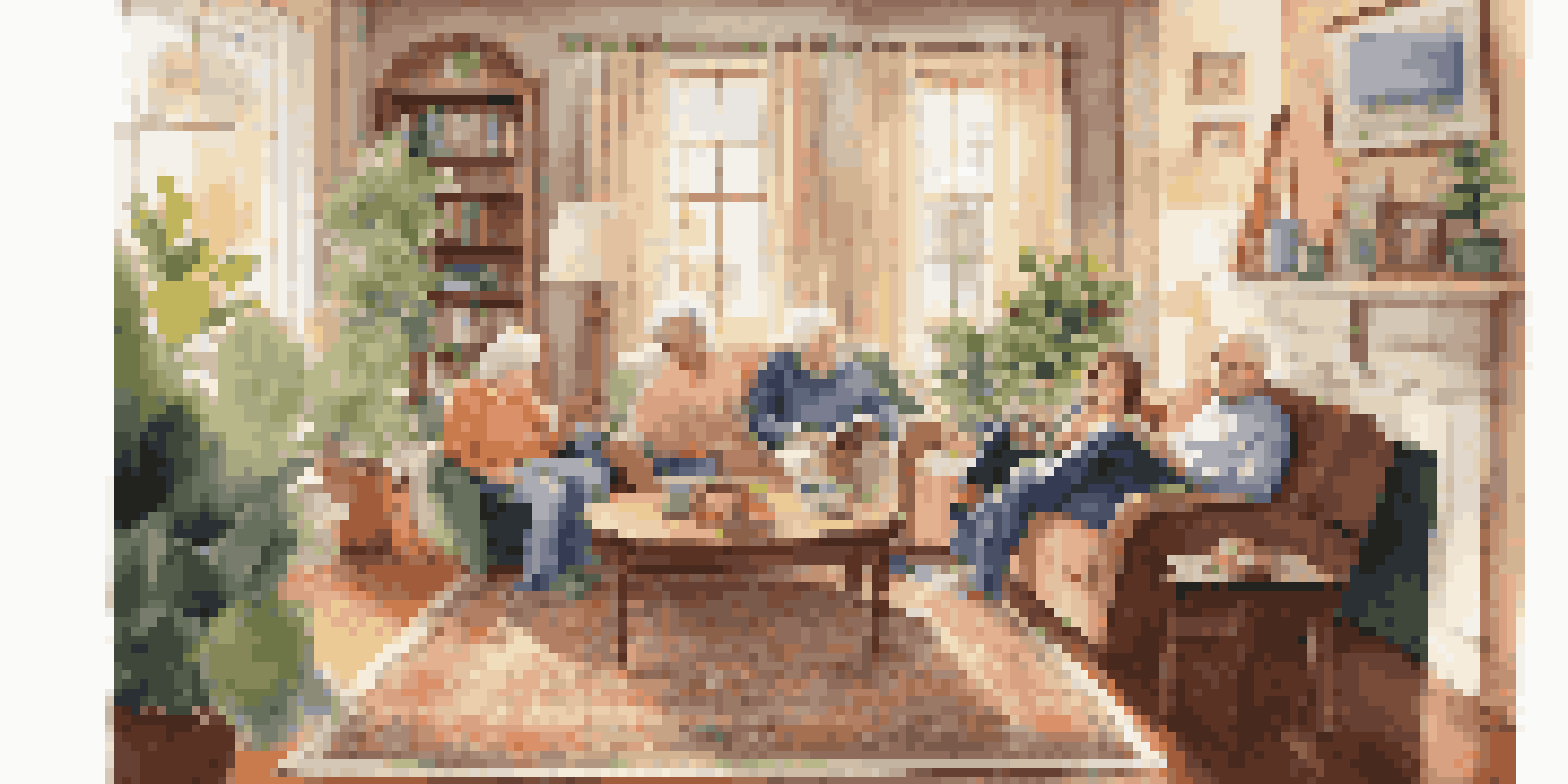Exploring Shared Responsibilities in Multi-Generational Homes

Understanding Multi-Generational Living Dynamics
Multi-generational homes bring together family members from different age groups, often including grandparents, parents, and children. This living arrangement can foster a strong sense of community and support within the family. However, understanding the dynamics at play is crucial for maintaining harmony and ensuring everyone's needs are met.
The Importance of Open Communication
Effective communication is the cornerstone of any successful relationship, and it's even more vital in a multi-generational home. Family members should feel comfortable expressing their thoughts and feelings about shared responsibilities. Regular family meetings can be a great way to discuss issues, allocate tasks, and ensure everyone is on the same page.
Importance of Open Communication
Effective communication is essential in multi-generational homes to ensure everyone’s needs are met and responsibilities are clearly understood.
Dividing Responsibilities: Who Does What?
When it comes to household chores, it's essential to establish a fair division of responsibilities based on each person's strengths and schedules. For instance, younger family members might take on technology-related tasks, while older generations can handle cooking and gardening. Creating a chore chart can help visualize these responsibilities and hold everyone accountable.
Balancing Caregiving Duties Across Generations
In multi-generational households, caregiving often extends across generations, with younger members assisting older ones. This shared responsibility helps build strong bonds but can also lead to caregiver burnout. It's vital to check in regularly with each other to ensure that caregiving duties are balanced and that no one feels overwhelmed.
Balancing Caregiving Duties
Sharing caregiving responsibilities among generations fosters strong family bonds while preventing burnout by regularly checking in with each other.
Setting Boundaries for Personal Space
While living together can be rewarding, personal space is essential for everyone's well-being. Establishing boundaries regarding privacy and personal time can help prevent conflicts. Designating quiet areas in the home or specific times for family members to unwind can promote a healthy living environment.
Financial Responsibilities: A Team Approach
Managing finances in a multi-generational home requires transparency and collaboration. Discussing expenses, budgeting, and contributions openly can alleviate stress and prevent misunderstandings. By pooling resources, families may find they can save money and even afford shared experiences, like vacations.
Creating Family Traditions Together
Engaging in shared activities and traditions enhances family connections and creates lasting memories that strengthen relationships.
Creating Family Traditions and Activities Together
Shared responsibilities can extend beyond chores and finances to creating cherished family traditions. Engaging in group activities, like cooking meals or game nights, fosters connection and teamwork. These shared experiences can help solidify the family bond and create lasting memories.
The Benefits of Shared Living Arrangements
Living in a multi-generational home can offer numerous benefits, from emotional support to financial savings. By embracing shared responsibilities, families can cultivate a nurturing environment that benefits everyone. Ultimately, these arrangements can lead to stronger relationships and a greater appreciation for one another.